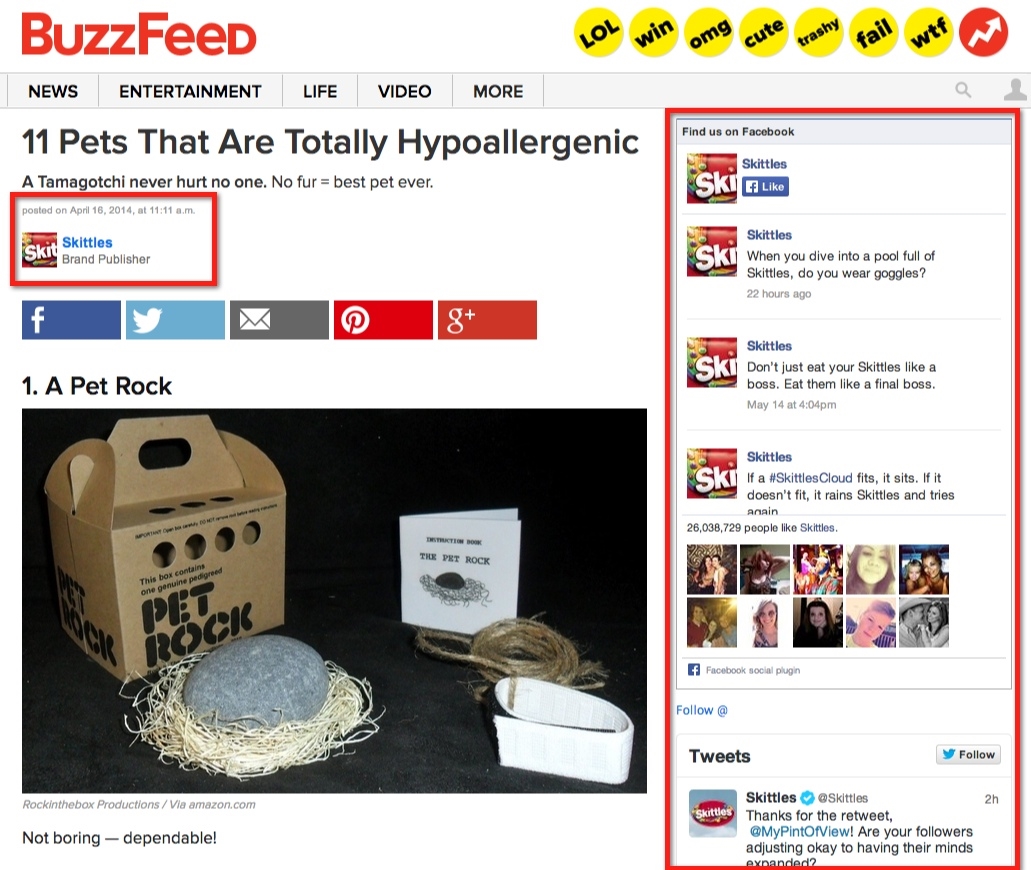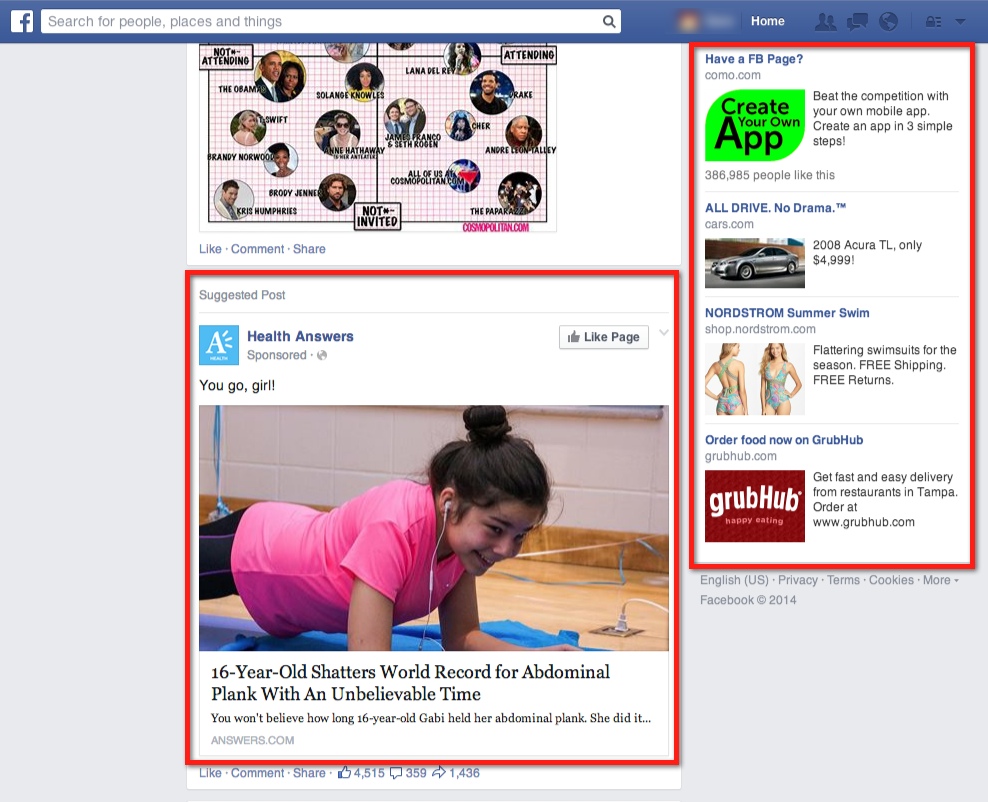7 Tips for Using Content in Your Marketing Automation
You may have heard “content marketing” get thrown around, but what it is and why does it matter? Content marketing is a way to market your healthcare business and promote your brand cost effectively. It is a major factor in helping your practice increase your search engine ranking. Content marketing offers many tangible and intangible benefits to the healthcare industry, so here’s our top seven benefits. Continue Reading Article >
The Importance of Content Marketing in Healthcare
Content marketing is, without a doubt, the foundation of great marketing. Want to drive patients to your website and therefore your center? Want to simply find ways to engage with past, current, and future patients? It all starts with great content. As a healthcare marketer in the 21st century, one of your main jobs, if not your MAIN job, is not just to develop engaging content for your practices, hospitals or health care organizations, but also to place it where it's the most likely to drive business and engage patients. For most healthcare practitioners, that's your website.
Often times, health care professionals think their website doesn’t really matter when it comes to getting new patients. 100% of the time those health care professionals are wrong. A medical practice’s website is usually the first means of contact the modern patient has with a new physician. A patient’s first impression and experience depends solely on the content on that website, which means if your website is bogged down with irrelevant, boring, or even just poorly organized content, that first impression is going to be a bad one. On the flip side, if you can wow them with an awesome website full of meaty, informative, and entertaining content? Now you've got their attention.
Let’s discuss some of the ways that great content can help your practice, and how bad content can hurt your marketing efforts.
What is BAD content?
It's important to first distinguish the difference between "great content" and "bad content". "Bad content" doesn't necessarily have to be content that's poorly written, it can be really well written content that's simply organized in a bad way. There are a lot of different things that determine what makes up "bad content", but generally speaking bad content looks like one of the following:
Unclear or overly clinical language
Content that's inappropriate for the audience you're trying to reach (i.e. content written for doctors when you’re trying to target patients)
Duplicated content on multiple pages
Content that is clearly stuffed with keywords in an effort to improve SEO, to a point where it doesn’t even make sense
Lack of enough content
Content that is poorly organized or doesn't "flow" right
How BAD content can HURT you:
If a patient can’t find what they are looking for in the first few seconds, they will bounce right off your website. We know this because we've done it.
When they leave your website, they will find another option with a more easily navigable website and they will call them instead.
A website with bad content could leave a patient frustrated, giving them a negative impression of you before they even walk in your doors.
If a patient can’t find an easy way to communicate with you through your website, you could see an increase in cancellations.
You could be seen as “old fashioned” and in healthcare, no one wants an antiquated physician who isn’t up on the most advanced technology.
What is GREAT content?
Great content is content that motivates your website’s visitors to take action, guides them through the website and provides the kind of information most of your visitors are looking for on your site. There are a lot of different things that determine what makes great content, but generally speaking it usually follows these rules:
Content that is relevant to your customers
Content that is easy to understand
Content that's interesting and makes readers want to engage
Content that's well organized and silows readers through to other areas on your website
Content that utilizes proper spelling, grammar, capitalization/punctuation, and word choice (avoids using "big" words that confuse readers, but still sounds authoritative and intelligent)
How GREAT content can HELP you:
The best content can help improve your organic rankings on Google so you can reach more savvy patients searching for your services online.
Content can help you drive patients where you want them to go on your website, creating pathways for them.
If your goal is to get more patients to schedule appointments, the right content can help you drive more patients to fill out online appointment forms.
You can become a valuable online resource for patients, encouraging them to return to your site for more than just appointment booking, but for health tips and medical advice.
You will appear more advanced, giving you more control and being seen as an authority in your medical community.
Most importantly, great content makes you memorable. It keeps people wanting to come back for more. It's what determines your brand identity in the mind of your patients, and it's what makes them decide whether or not that brand is worth engaging with.
Get a free blog written for your site:
Creating content is easy, but creating great content? That's a little more tricky. It's a pretty impressive skill, but it's not one that everyone in the healthcare industry is going to have. That's where we come in. If you're following these guidelines but are still struggling to produce great content that's engaging and relevant to your patients, don't worry. We can help with that. It's not rocket science, it's content marketing, and it's what we do.
Do’s and Don’ts of Cause Related Marketing for Imaging Centers
Throughout the year, there are so many opportunities to develop a cause-related marketing campaigns for your imaging center aimed at spreading awareness. Encouraging your local medical community to get involved can be a challenge, but it seems like there is something to celebrate or spread awareness of each month. The key to getting engagement is having your radiology marketers develop strong, personal and emotional campaigns related to these causes.
List of Awareness Months:
January – Weight Loss Awareness Month
February – Black History Month & American Heart Month
March – National Nutrition Month & Women’s History Month
April – Autism Awareness Month
May – ALS Awareness Month
July – Sarcoma Awareness Month
September – National Childhood Cancer Awareness Month
October – Breast Cancer Awareness Month & Colon Cancer Awareness Month
November – Prostate Cancer/Men’s Health Awareness Month
>> Read On For More Awareness Months
Once you’ve built time into your annual marketing schedule and set aside a budget to promote your marketing campaigns, how do you make sure that you are ready for radiology marketing success?
Explore these do’s and don’ts of cause-related marketing campaigns:
- DO encourage action and engagement with your campaign as opposed to asking participants to just make a donation or purchase a product. Donating to these causes is of course important, but to make a lasting effect create an opportunity where people can truly get involved by volunteering time or attending an awareness event.
- DON’T pick a cause just because everyone else is jumping on the bandwagon. Your message will fall flat if you’re simply trying to copy others around you and it won’t have the impact you imagined.
- DO select a cause you and your staff feel passionate about. The more dedicated you are to the cause, the more effective your campaign will be because people will be inspired to get involved when they see how much it means to you.
- DON’T try to push your own agenda using the campaign as a vehicle for your own benefit. If you’re going to launch a cause-related marketing strategy it should be genuine and contribute to someone other than yourself.
- DO pick something to support that can reach people on a personal level and make it easy for people to participate. Launching a social media campaign would be a good start but give people various ways to get involved. If you only leave them with one option, it’s likely people won’t be as inclined to get involved.
- DON’T be afraid to go big with your campaign and think about how this can turn into an annual activity. Think long-term about how your actions can contribute to the cause you are supporting.
Tips for Using New Media Channels in your Health Care Marketing Strategy
If your organization is using old school advertising and marketing techniques, you’re living in the past. The glory days of big budgets are over so if you’re throwing away the few dollars you have on standard commercials, newspaper ads, Yellow Page listings or billboards; you’re wasting your money.
Nowadays kids, there are new channels for reaching patients and not only are they more effective, but they are more easily measured. We constantly preach the importance of tracking the success of your marketing campaigns. As a marketing professional, if you are unable to point to your success, you’re only doing half of your job.
These channels that provide newfangled digital marketing opportunities include:
1. Social Media – Use social media campaigns to engage your followers/target market, meaning patients and referring physician offices. You can also create very customizable ad campaigns on various social media websites.
2. Digital TV/Streaming – Traditional TV ads often play on deaf ears now. DVR has helped people fast forward through that expensive ad space, but on sites like Hulu your ads will be seen because viewers cannot skip them.
3. YouTube Advertising – On many videos, ads will play before the video starts. After 5 seconds the user can skip through to the video, but if you catch their attention, they will watch the ad before their video.
4. PPC/Search – PPC campaigns and search campaigns are a great way to get in front of patients that are already searching for practices like yours.
5. Mobile (messaging, display ads or apps) – Walk down the street and you’ll see just about every person glued to their mobile device, so mobile advertising is a great way to get in front of patients.
6. Internet Radio – Spotify, Pandora and Sirius XM have increased their user base exponentially over the last couple of years so this ad space has grown in popularity as well. It’s great because you’re able to deliver a message audibly while also having a visual/interactive ad in front of the user where they can take immediate action, i.e.: signing up for something, liking your page or exploring your website.
7. Advertorials – This is not a new concept but advertorials are basically “sponsored” articles written by someone who is promoting their own services or product. They are designed to look like articles but they are really advertising pieces. Buzzfeed is well known for this but newspapers and blogs regularly utilize these as well.
Looking to try something new to reach a different patient base this year? Consider implementing a couple of these initiatives into your marketing plan!












